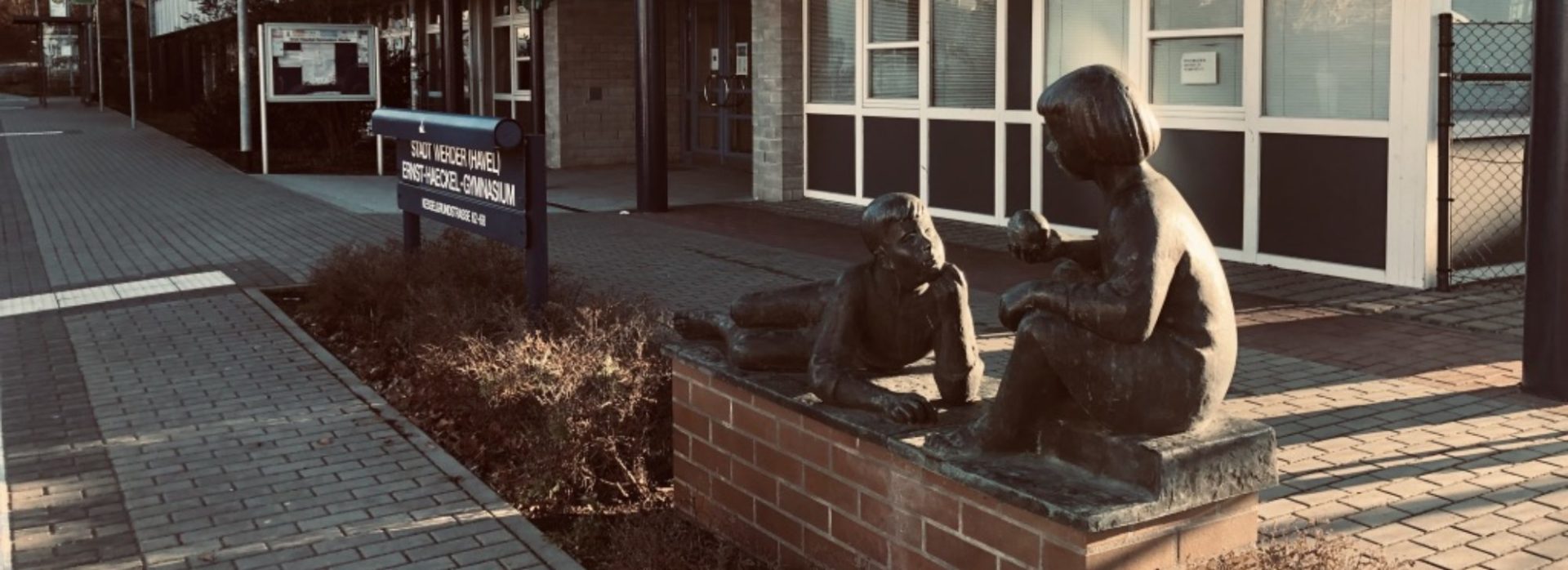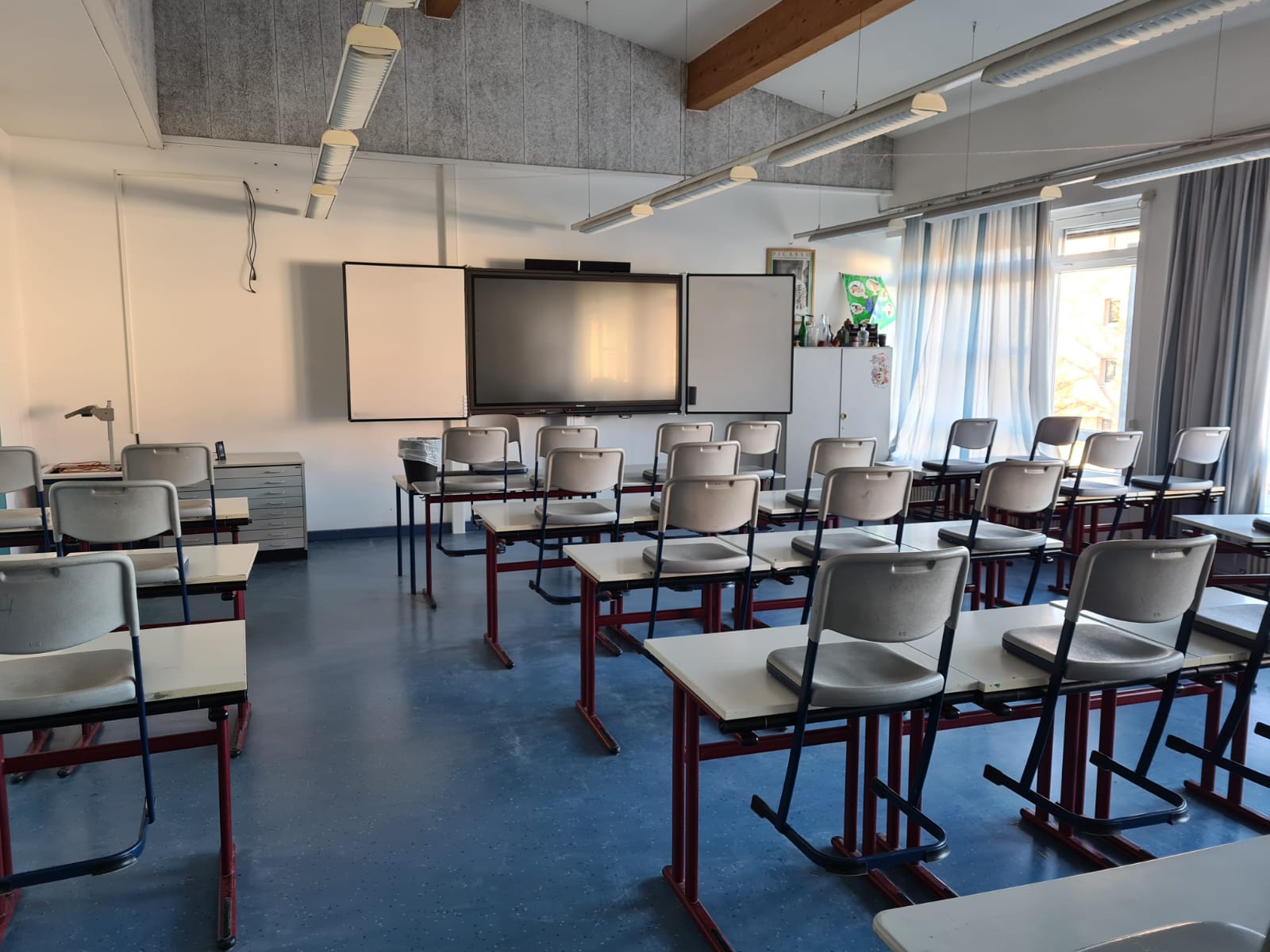Ernst-Haeckel-Gymnasium Werder (Havel)
Tag der offenen Tür am 13.01.2024
New Zealand Blog – Der Neuseelandaustausch 2025 – Waterfall (11)
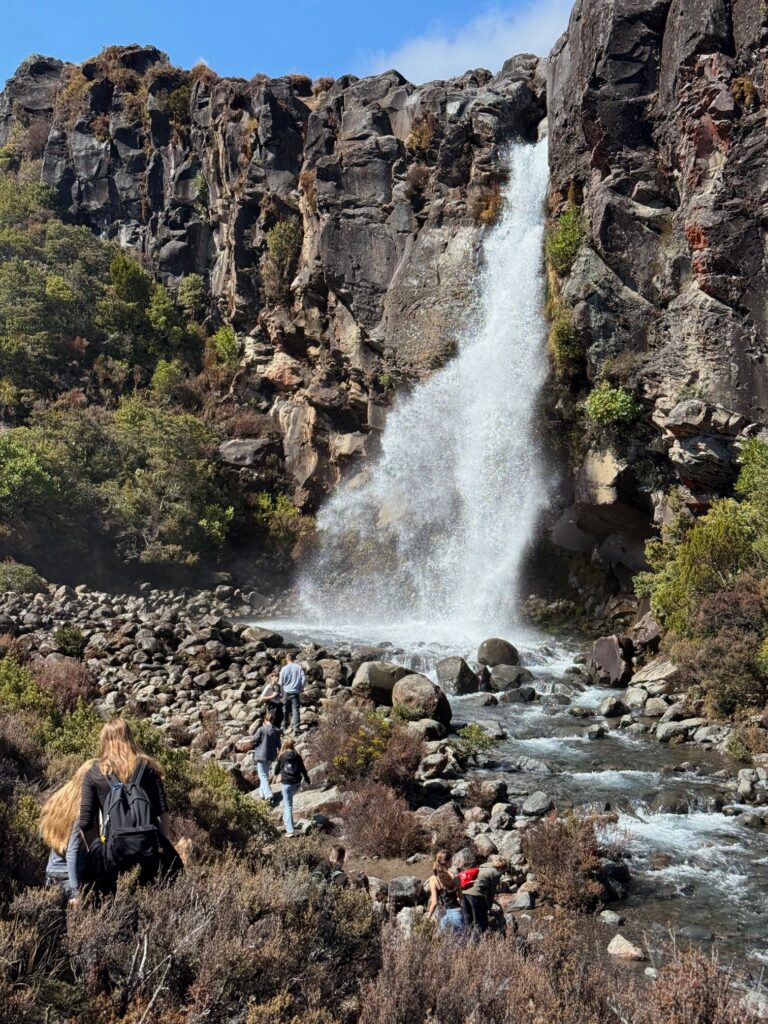
The day started with breakfast at 7:30 a.m. After that, we went on a hike to a waterfall. The path led over rocky ground and through low bushes, and the sound of the water could already be heard from a distance. At the bottom, fine mist rose into the air as the water crashed down onto the rocks. After the hike, we walked back and then drove up the mountain by car. From the top, there was a wide view over the landscape, with snow on the peak and a clear sky above. In the evening, we went bouldering. The climbing hall had many different routes, and everyone was focused on climbing. It was a full and varied day.

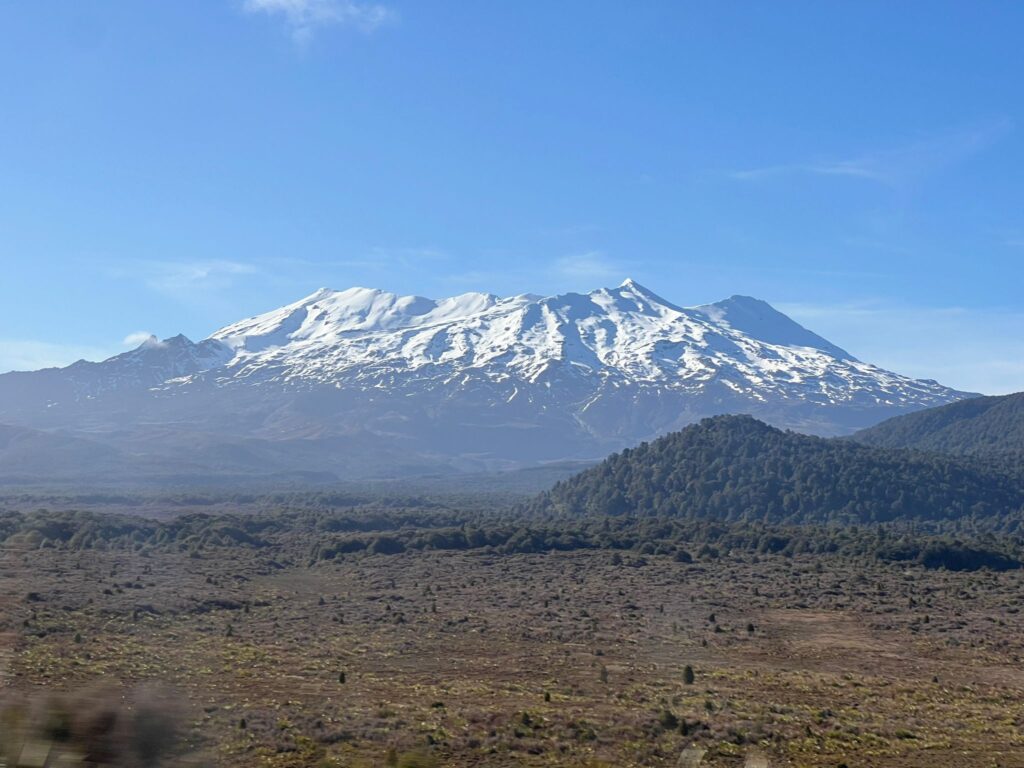
New Zealand Blog – Der Neuseelandaustausch – Simon told us (10)
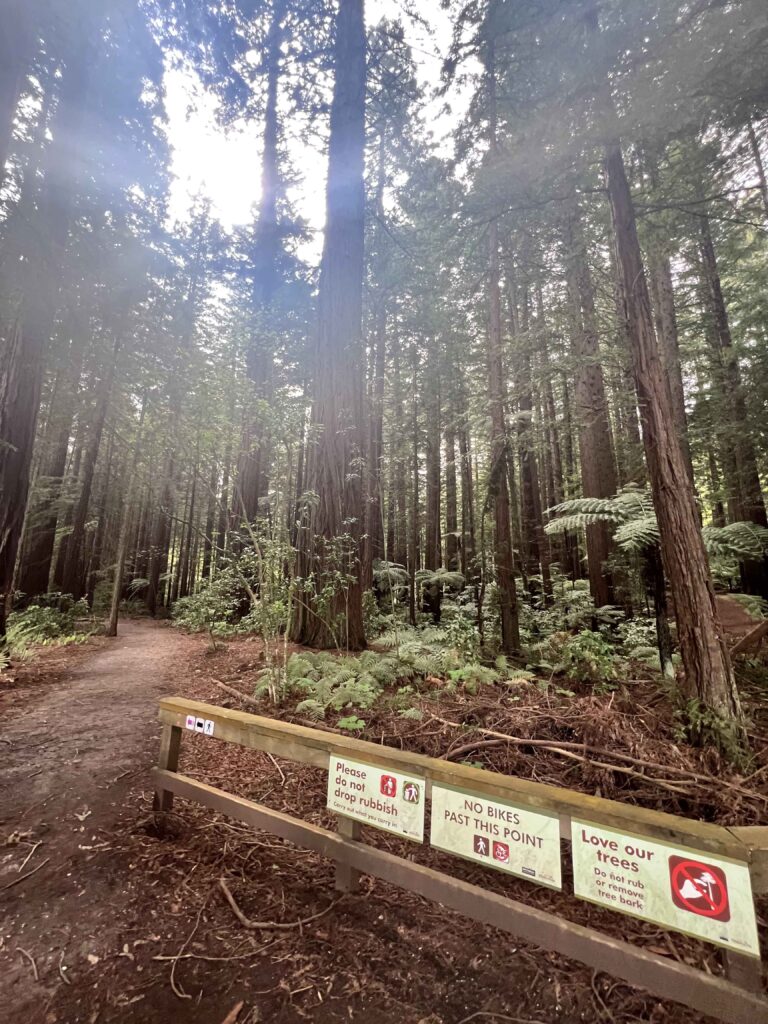
The morning of the 15.10.25 we had breakfast at 7:15 a.m. Simon made it for us like always. The food was really good
and everyone was happy but tired. But we were all excited for the trip!
At 8 a.m. we left our place to see Rotorua. First we went to the geothermal park. It was crazy to see the hot water and the steam everywhere! Then we went to the lake, the Government Gardens, the Redwood Forest and the Blue Lake. Everything looked so nice and we took a lot of pictures. And Simon toldus amazing new information.
Later we went to Wai-O-Tapu Thermal Wonderland. Wow, it was so cool! The colors were amazing, green, yellow, orange and blue. It smelled a bit funky, but it was super interesting. After that we drove to Taupo. The big lake looked beautiful with the volcanoes around it. We also stopped at Huka Falls. The water was so strong and blue, it looked awesome!
At 5:00 p.m. we arrived at Waimarino Village. Everyone was tired but really happy. It was such a fun and exciting day! I
think it was one of the best days of our trip!
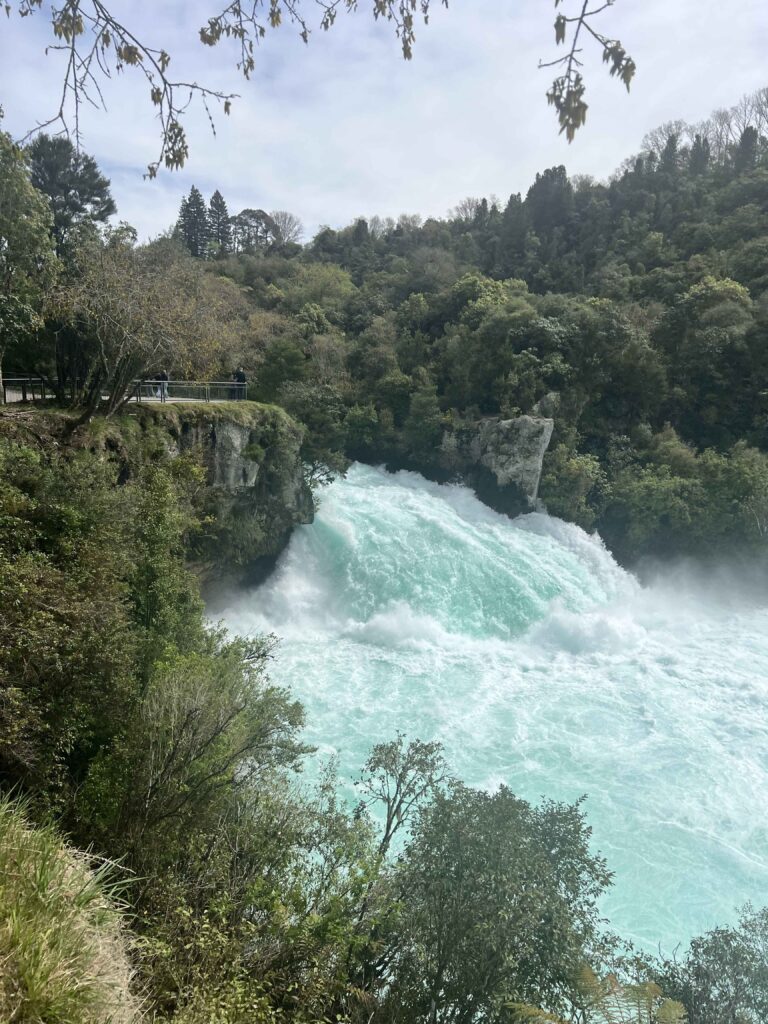
Was der Föderverein alles fördert ….
Chorfahrt 2025
Das Chorlager des Popchor „ImPuls“ vom 22.-24. Juni 2025 war ein tolles Erlebnis, das auf jeden Fall in Erinnerung bleibt. Der Chor des EHG besteht aus Sängerinnen der Klassenstufen 7-11 sowie unserer langjährig engagierten Chorleiterin Frau Hopf.
Der Chor hatte wieder dieselbe Unterkunft gebucht mit gemütlichen Zimmern und für die Proben Räumlichkeiten mit toller Akustik. Die Fahrt konnte mit Konzerteinnahmen und der Unterstützung des Fördervereins des EHG finanziert wurden.
Die Festigung der Lieder für die kommenden Konzerte stand in diesem Chorlager für alle besonders im Fokus. Der erste Abend startete mit einem Vorsingen. So konnten sich kennenlernen und durch Feedback helfen lassen, unsere Stimmen zu fördern. In den Proben haben sich alle Sängerinnen mit Bewegung aufgelockert, um eine entspannte Atmosphäre beim Singen zu erhalten. Der Chor entdeckte auch, was alles noch möglich sein kann, wenn gemeinsam an einem Ziel gearbeitet wird. Im Chorlager konnten mit Hilfe von Atemübungen und durch gewissenhaftes Einsingen alle ihre Technik verbessern.
Nun freuen wir uns auf die anstehenden Konzerte und Songs unseres Popchors „ImPuls“.
Teamtag 7s
Einem Hilferuf der Klassenleitung folgend, unterstützte der Förderverein des EHG den Team- und Kommunikationsbildungstag der Kurzzeithelden am 12.06.2025, um die Kommunikationskompetenz sowie den Klassenzusammenhalt der 7s zu stärken.
In verschiedensten Übungen ging es um Vertrauen, Achtsamkeit, Zusammenhalt, Kommunikation und Respekt. Die Klasse war mit Spaß und Eifer dabei und konnte viel Lehrreiches für ihren Schulalltag mitnehmen.
New Zealand Blog – Der Neuseelandaustausch – roadtrip goes on (9)

The morning of the 15.10.25 we started the day very early at 06:30 a.m. with a breakfast together. Our tour guide kindly provided food for all the students and the teachers and we had an amazing view of the sunrise over the sea.
After the group finished eating and putting all our bags in the bus, we hit the road at 07:30 a.m.
Past a long drive of 4.5 hours, at which we listened to music and were able to catch up in some sleep, we took a break and got coffee and a small snack. After driving another 2 hours we arrived at the Karangahake Gorge which is a former gold territory next to an amazing river. We got to explore the beautiful nature and eat lunch before we headed to our last break. We arrived at go-card racetrack in Totorua.
After spend about one hour watching the great view over volcanos, a pretty lake and hills from the gondolas and having much fun on the race track we left at 05:00 p.m. to get to our hostel.
After this long day with a total of a 6.5 hours bus ride and many stops with different adventures and impressions we had time to get dinner or cook something in be hostel kitchen.
